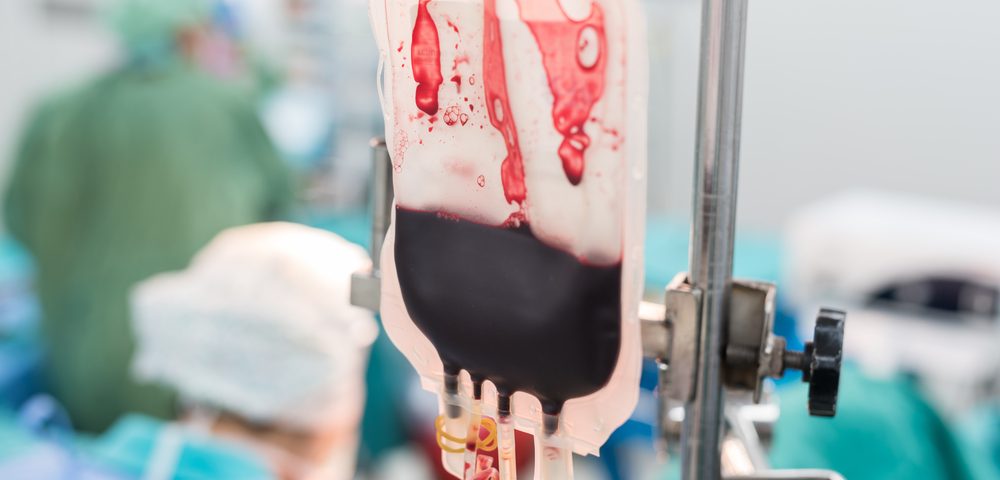Researchers at the University Hospital Würzburg in Germany have come up with a new approach that prevents graft-versus-host disease (GvHD) from developing in animal models of bone marrow transplants.
The study, “Exogenous TNFR2 activation protects from acute GvHD via host T reg cell expansion,” published in The Journal of Experimental Medicine, could be important for many lymphoma and leukemia patients who undergo the transplants to control their disease.
Allogeneic hematopoietic stem cell transplant (HCT) is the only curative treatment for patients with leukemia or lymphoma, as donor cells can differentiate into immune cells that attack patients’ malignant cells.
But in some cases, donor-derived immune cells can also attack patients’ healthy tissues, developing severe symptoms of GvHD, the main reason for non-relapse mortality after HCT.
Transplanting large numbers of regulatory T-cells (Treg), a specific type of immune cell, has shown promise in avoiding GvHD in pre-clinical mouse models of HCT while maintaining the anti-tumoral effects of the transplanted immune cells. But this approach is difficult to apply because it requires that the Treg cells are first isolated from the donor and expanded to produce sufficient numbers for transplant.
Now, the team has developed a new method that prevents GvHD in mice using a protein called STAR2. This protein, which functions by specifically binding to the TNF receptor 2 (TNFR2), activates a signaling pathway that induces the formation of Tregs.
The investigators found that pre-treating mice with STAR2, and inducing the in vivo expansion of Tregs in the recipient mice before HCT, protected the animals from developing GvHD after bone marrow transplant. Importantly, donor-derived cells retained their ability to recognize and attack lymphoma cells.
Researchers also found that a modified version of STAR2 could induce a similar effect in humans and promote Treg expansion, suggesting the new method may be used to prevent GvHD in lymphoma and leukemia patients undergoing bone marrow transplants.
“This strategy may be beneficial for other pathological settings in which elevated numbers of regulatory T-cells are desirable, such as autoimmune diseases and solid organ transplantation,” Andreas Beilhack, who led the study with Harald Wajant, said in a press release.


